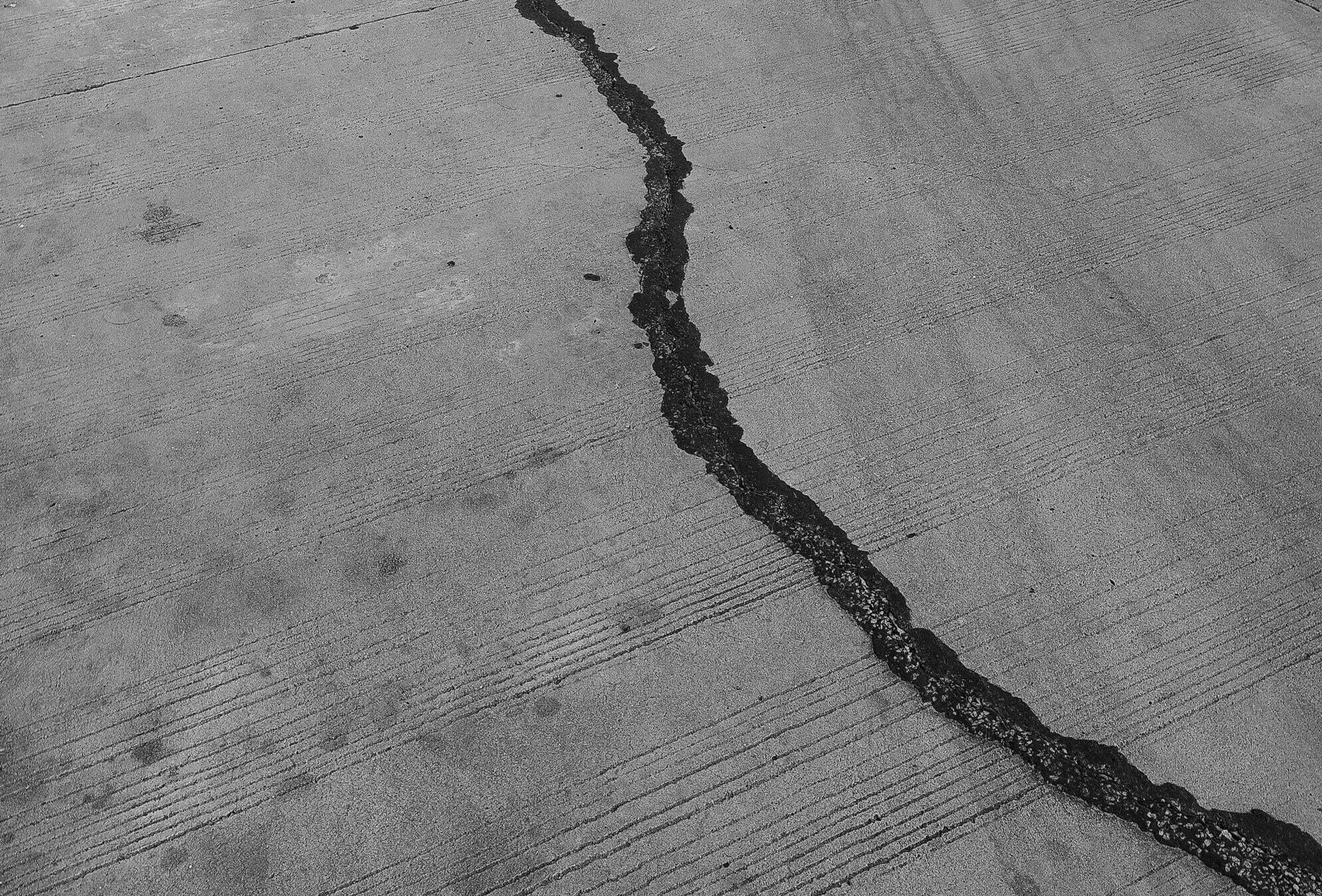Many California residents have been talking the last few weeks a lot more about earthquakes. They are always a possible topic of conversation, as they do happen often enough; however, many feel that the frequency of them has been increasing as well as their intensity. On Monday, Los Angeles was rocked by a 4.4 magnitude quake that had many thinking it was “the Big One” that has been talked about for the last couple of decades. However, just as that quake was building up, it stopped, much to the relief of many. Nonetheless, it reignited the conversation of earthquake preparedness, particularly for the elusive Big One. What led to much of the increased concern was when it was confirmed that the earthquake happened near the Puente Hills fault system.
Many had not before considered the Puente Hills fault system to be as dangerous as we now see.
Experts have actually long been aware of the power the Puente Hills fault holds, but the average Californian had no idea. Largely, the only fault line that is brought up in conversation about their danger is the San Andreas fault. However, due to the severely increased seismic activity, experts are saying Puente Hills is no longer just a dangerous fault line, it is now our most dangerous. Each of the several earthquakes that has shaken Southern California has been running nearby this fault. The quakes have been a wake up call for many Californians, especially Angelenos who often brush off the severity of these events.
The Puente Hills fault is so dangerous because it runs over the most densely populated part of the state.
The fault has proved itself capable of large shakes and if a big one strikes in the right spot, much of Los Angeles and its surrounding county is suffering. However, even though it is easy to picture doom and gloom on the horizon, scientists are bringing some hope with their studies. Despite the fact that four earthquakes ranging from a 2.8 to a 4.4 have hit the area since June 2, showing a connection in seismic activity, they are small enough that we do not have to panic, yet at least. Small events such as these earthquakes do not necessarily have to suggest that the big one is hitting any day now.
Essentially, where are left is being advised to simply prepare just in case. Read up on earthquake safety protocol for different environments and try to have an emergency earthquake kit with you at home, at work, and/or in your car.




